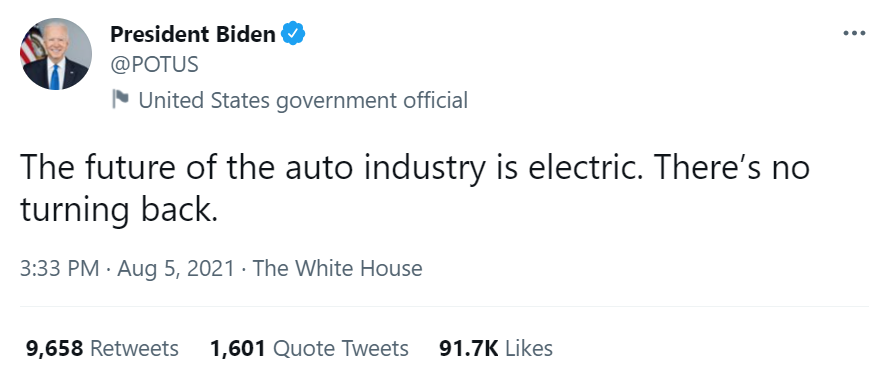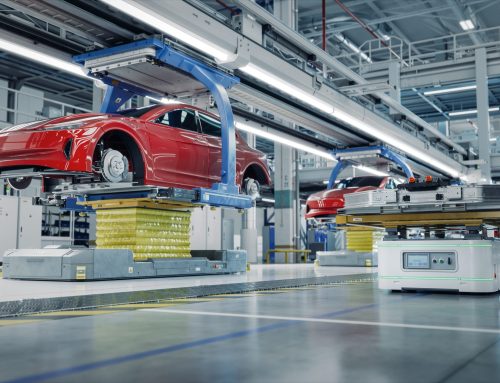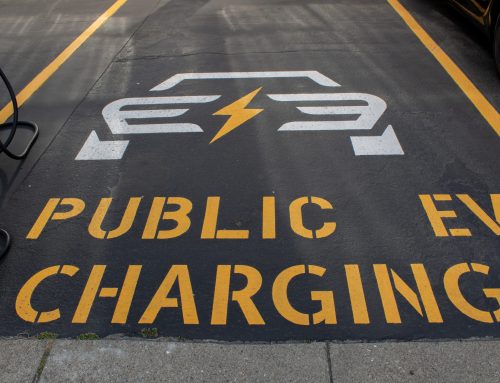
Source: Twitter
|
Last week was an EV bonanza. President Joe Biden was driving them, he was talking about them and then he was signing some bills on them. So what was POTUS up to? – An Executive Order for 50% of sales to be electric by 2030 (including hybrids). – An Executive Order to tighten tailpipe emissions standards. A standard and a target. First – how does the standard work? This explainer from the New York Times is helpful, “The tailpipe emissions regulations enacted by the Obama administration in 2012 required that passenger vehicles sold by automakers achieve an average of roughly 51 miles per gallon by 2025. The Trump administration loosened the standard in 2020 to about 44 miles per gallon by 2026. The new standard … would be 52 miles per gallon by 2026.” (note: you will see different figures around referring to these standards – the other numbers are the realistic figures, i.e. the mileage per gallon based on stop and start and more realistic driving scenarios). Biden has signaled that the standards would be strengthened again in 2026 and that trucks would face emissions standards from 2027 (those standards are yet to be finalized). Tighter tailpipe emissions standards are in theory good news for EVs but some have argued that the standards are not enough to motivate automakers to electrify their fleets. Consumer Reports carried out analysis that calculated the cost of delay and loopholes over the past four years. They found that the standards will only see 75% of the emissions reductions when compared with the Obama standards. Next – what is the target? The target is the introduction of an Executive Order signed on Thursday to aim for 50% EV sales by 2030. The agreement was supported by a bunch of big automakers (notably not Tesla apparently because Tesla’s plants are not unionized). This is a voluntary target and includes hybrids. The White House laid out a four-pronged approach to hitting the target (our commentary in brackets): – “Installing the first-ever national network of electric vehicle charging stations.” (Up to $7.5 billion in funding for charging infrastructure was proposed in the INVEST in America bill released last week.) – “Delivering point-of-sale consumer incentives to spur U.S. manufacturing and union jobs.” (Biden proposed a rebate of up to $12,500 for domestic, union made EVs earlier in the year – this is an increase on the current rebate of $7,500 for EVs in the United States. We don’t know where that incentive stands but it may make its way into the Reconciliation Bill). – “Financing the retooling and expansion of the full domestic manufacturing supply chain.” (Some funding available for battery supply chain in the INVEST in America budget proposal) – “Innovating the next generation of clean technologies to maintain our competitive edge.” (Some money in research and development for batteries that we tracked in the INVEST in America bill. More to come we assume.) So where are we at now? We have tracked just under 2 million sales of EVs in the US as of May 2021. In May, 13% of all passenger cars sold were EVs and 3.2% of all light duty vehicles were EVs. The market is growing but will need to rapidly accelerate to get to 50% by 2030. Both executive orders are signals of where we are headed. The challenge is to think about the infrastructure necessary to get there on time with an eye to equity. ICYMI – here’s our wrap of the text of the Senate bill. It is still being debated. OK I’m going to have a laydown (with one eye open of course just in case the Reconciliation Bill makes a run for it). |


